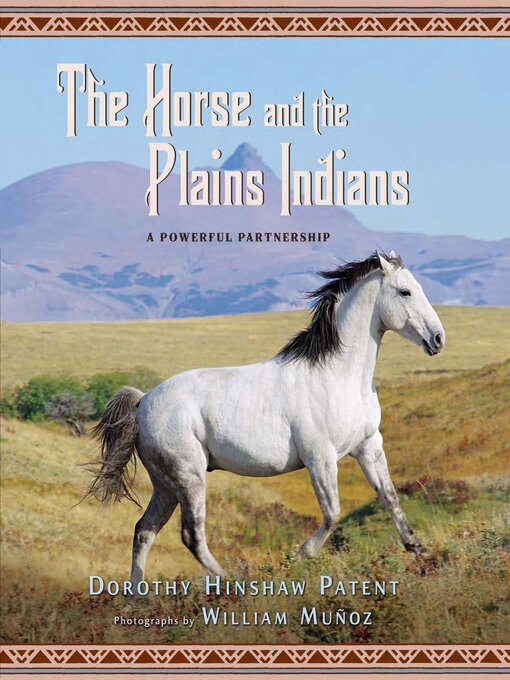The image of a Native American on horseback has become ingrained in the American consciousness. But the Plains Indians and the horse were not always inseparable. Once, Native Americans used dogs to help carry their goods, and even after the Spaniards introduced the horse to the Americas, horses were considered so valuable that the Spanish would not allow the Indians to have them. But soon horses escaped from Spanish settlements, and Native Americans quickly learned how valuable the horse could be as a hunting mount, beast of burden, and military steed. Follow the story of this transformative partnership, starting in the early sixteenth century and continuing today.
- Available now
- Time to Brush Up On Some Classics?
- New eBook additions
- New kids additions
- New teen additions
- Most popular
- Try something different
- Series Starters: Mystery (ebooks)
- See all ebooks collections
- Award Winning Audio
- 2025 Audie Winners
- New audiobook additions
- Available now
- New kids additions
- New teen additions
- Celebrity Readers
- June is Audio Book Month: Quick Listens
- Series Starters: Mystery (audiobooks)
- See all audiobooks collections
- Home & Garden
- Tech & Gaming
- Business & Finance
- Fashion
- Health & Fitness
- Travel & Outdoor
- Celebrity
- Food & Cooking
- Family & Parenting
- News & Politics
- Photography
- See all magazines collections

